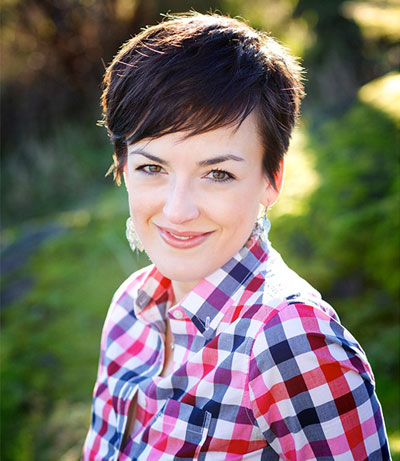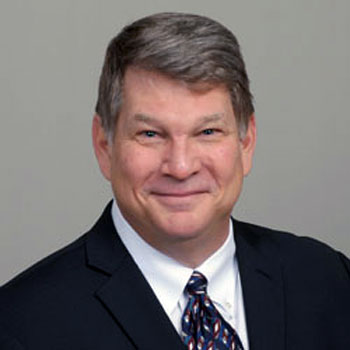On this episode of Predictable Prospecting, Marylou Tyler herself is interviewed by Andy Paul, host of the sales podcast Accelerate. If you’ve ever wondered about the process of writing Predictable Revenue and Predictable Prospecting, Marylou’s thoughts on the true role of Sales Development Reps, and her top tips for identifying your ideal customer, then … Read more
Episode 25: Techniques to Strengthen Pipeline and Boost Revenue – Jeb Blount
On this episode of Predictable Prospecting we’re joined by Jeb Blount, founder and CEO of Sales Gravy and author of Fanatical Prospecting. A leader in Sales Acceleration, Blount’s unique approach to prospecting makes him a sought-after trainer, keynote speaker, and advisor. Join us as we discuss his personal sales philosophies, the lessons he’s learned from … Read more
Episode 24: Predictable Revenue Outsourcing – Alicia AndersonSo you’ve read the books and you’ve taken the classes, but something about predictable revenue and prospecting isn’t working for you the way you’d like it to. Maybe you’ve seen some success but it hasn’t been quick enough or at the level you want. Maybe you’re a startup struggling to get the system in motion. … Read more
Episode 23: Teaching Startups How to Write Compelling Web Copy – Joanna Wiebe
Many of today’s startups have either time or money, rarely both. That leaves the minimal staff to handle important tasks that are usually completed by a dedicated (educated) team. How does the CEO of a lean startup write compelling sales copy on his own? Joanna Wiebe created Copyhackers to ensure that startups have a place … Read more
Episode 22: Building Skillset and Education in an Ever-changing Market – Jake Spear
For the 21st century professional, an insatiable desire to learn is crucial for staying afloat in an ever-changing market. The face of sales and marketing has seen big changes due to technology, but the constant introduction of new apps and tools can make some sales teams feel overwhelmed by the sheer mass of new information. … Read more
Episode 21: Advancing Sales Process from Lead Generation – Brad Williams
Advancing the sales process from lead generation until the deal is closed is full of potential hiccups and nuances that many reps struggle to master. Our guest today has over thirty years of experience with qualifying and moving prospects all the way down the pipeline. Brad Williams is the President of Doextra CRM Solutions, … Read more
